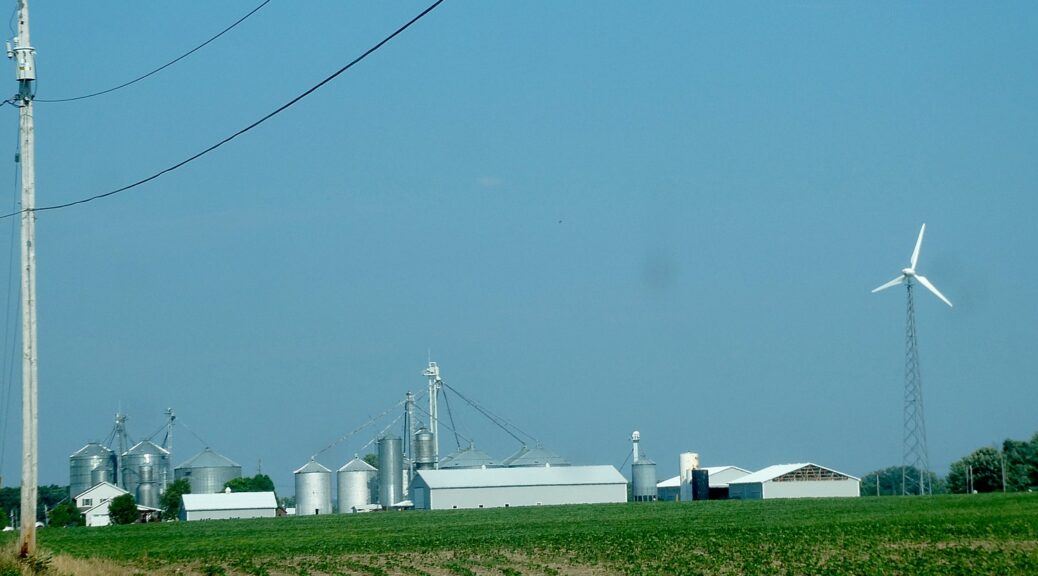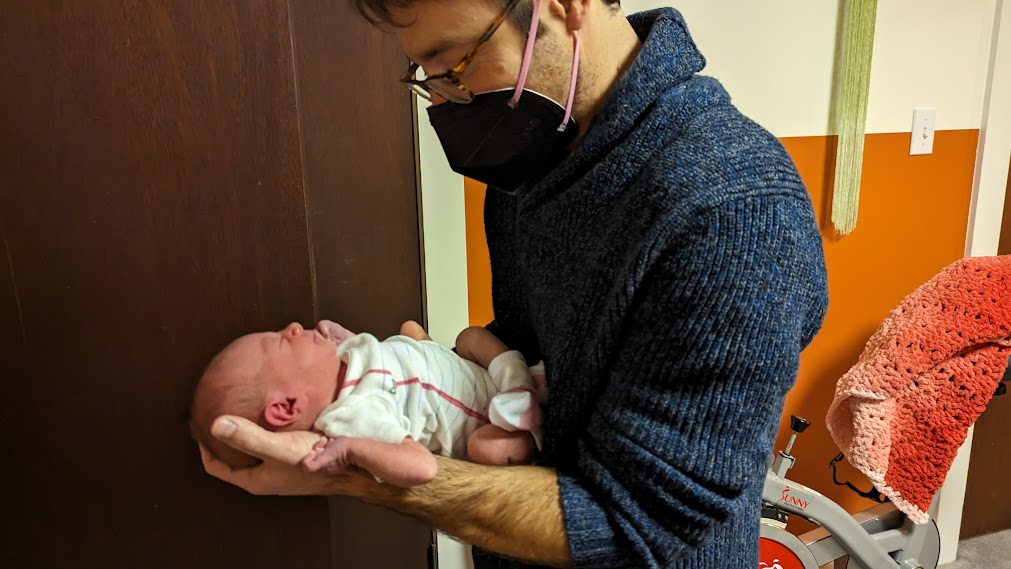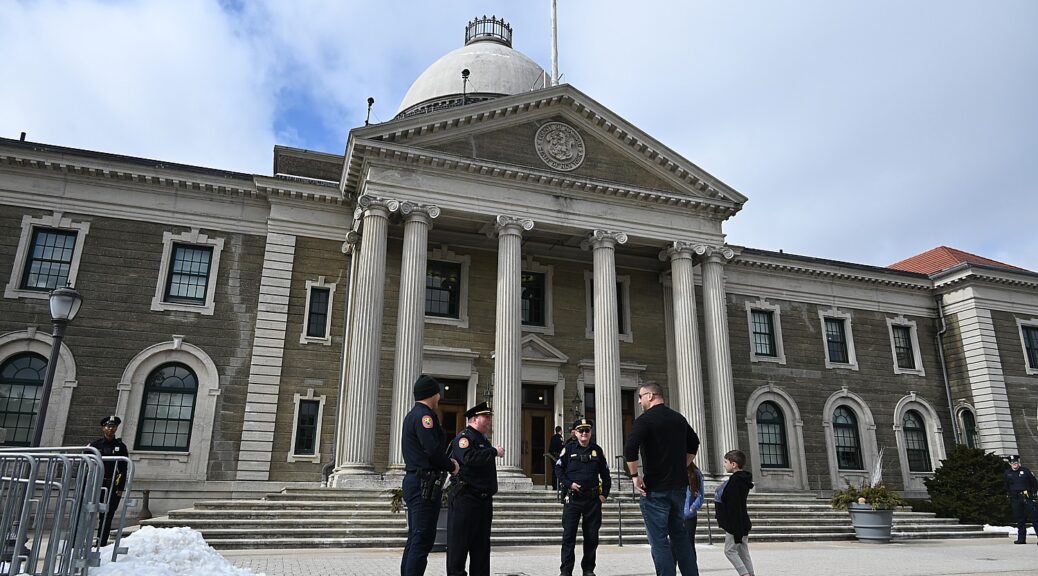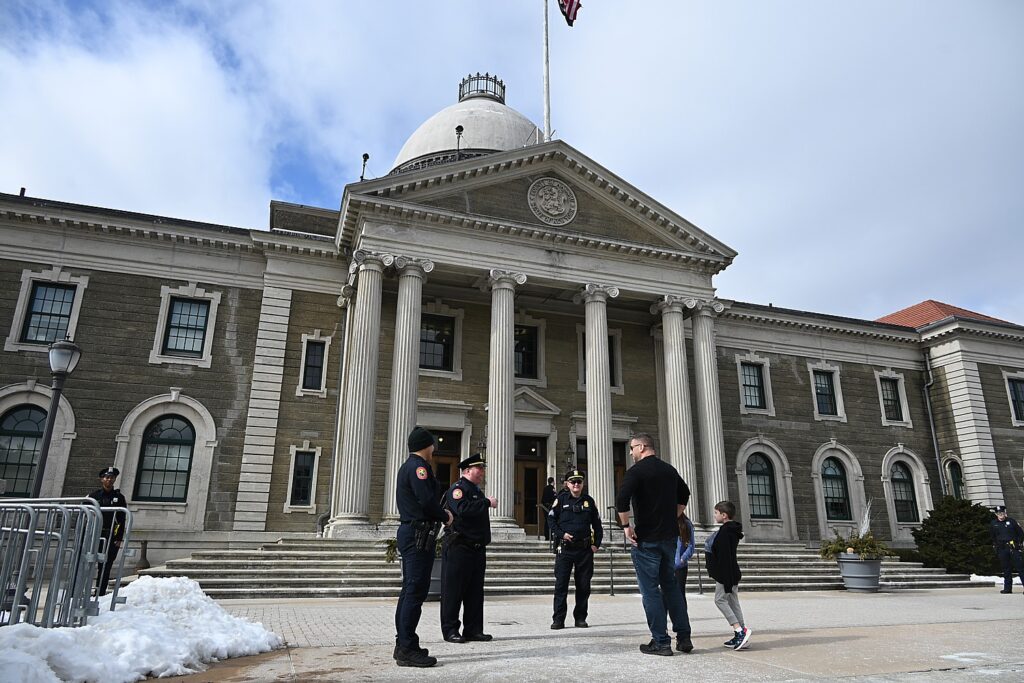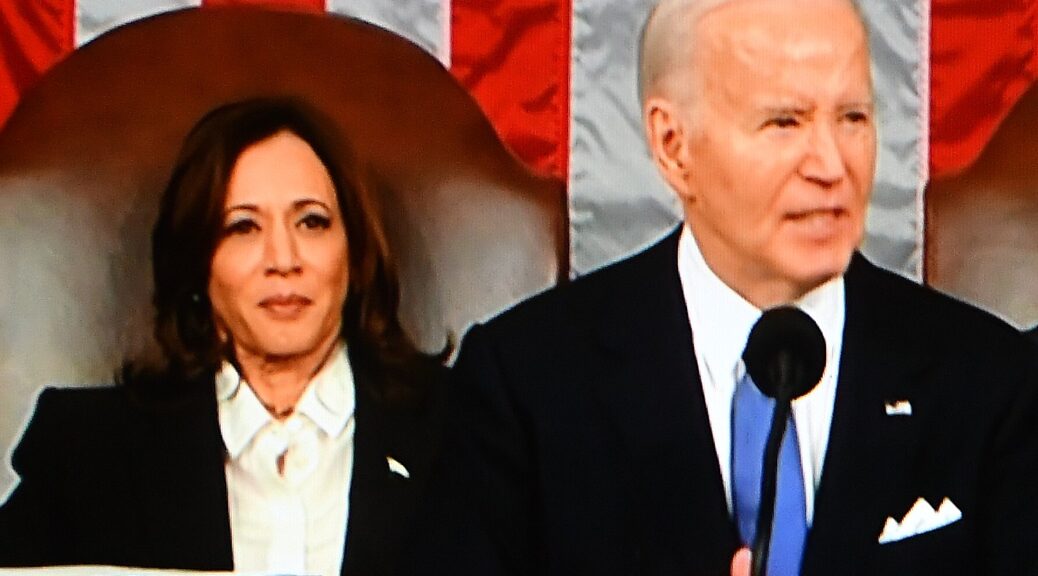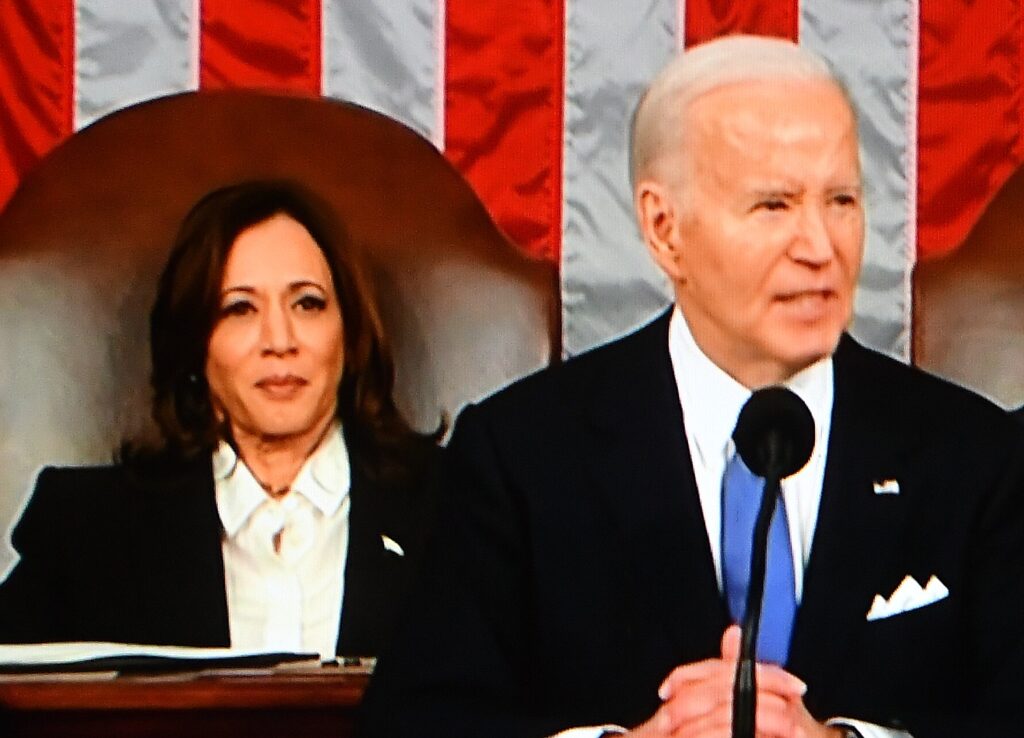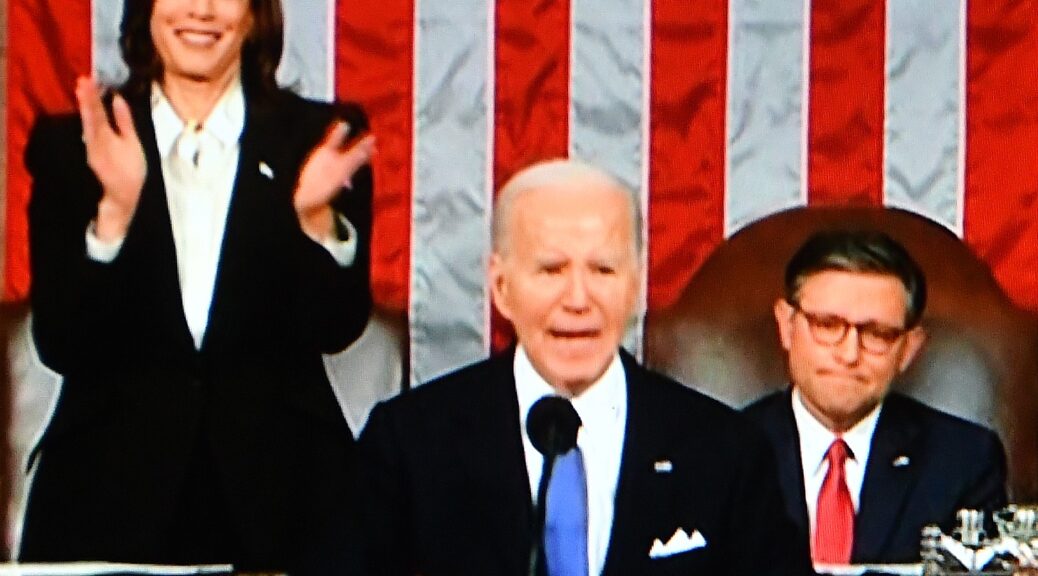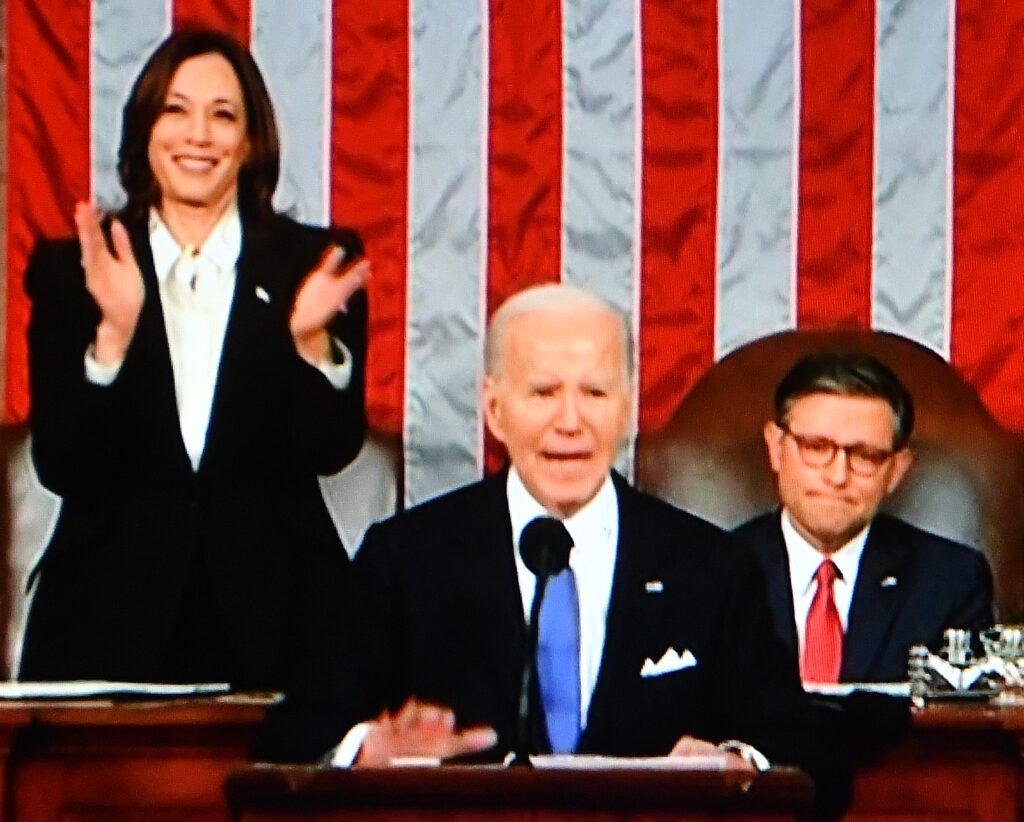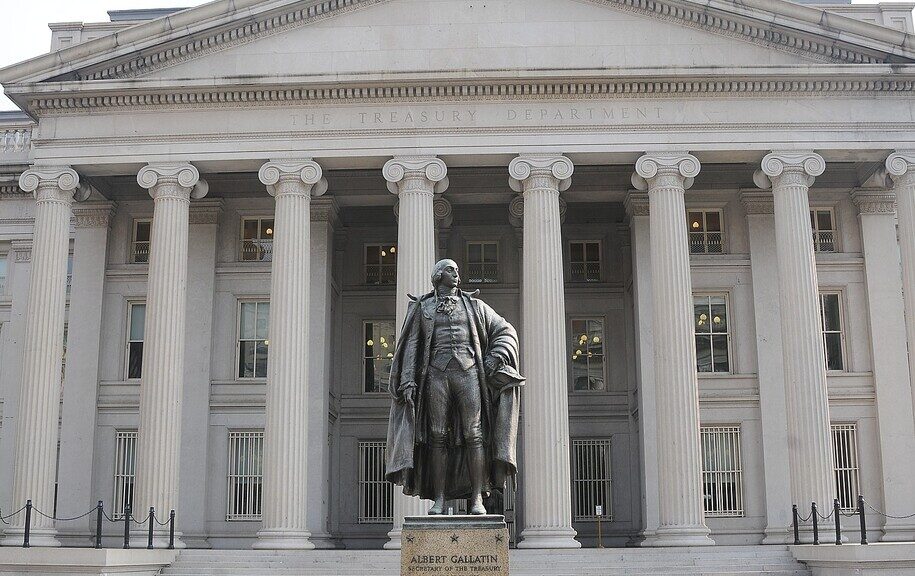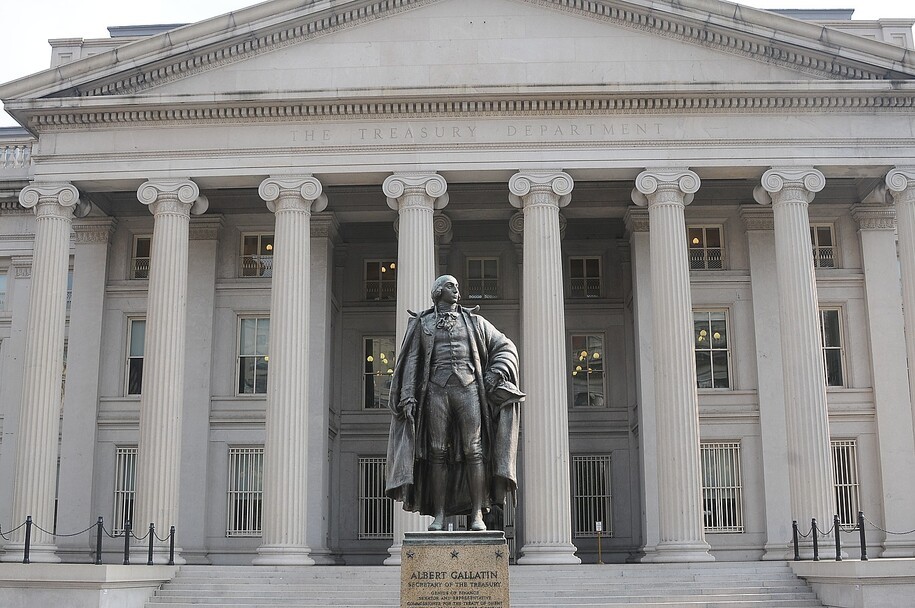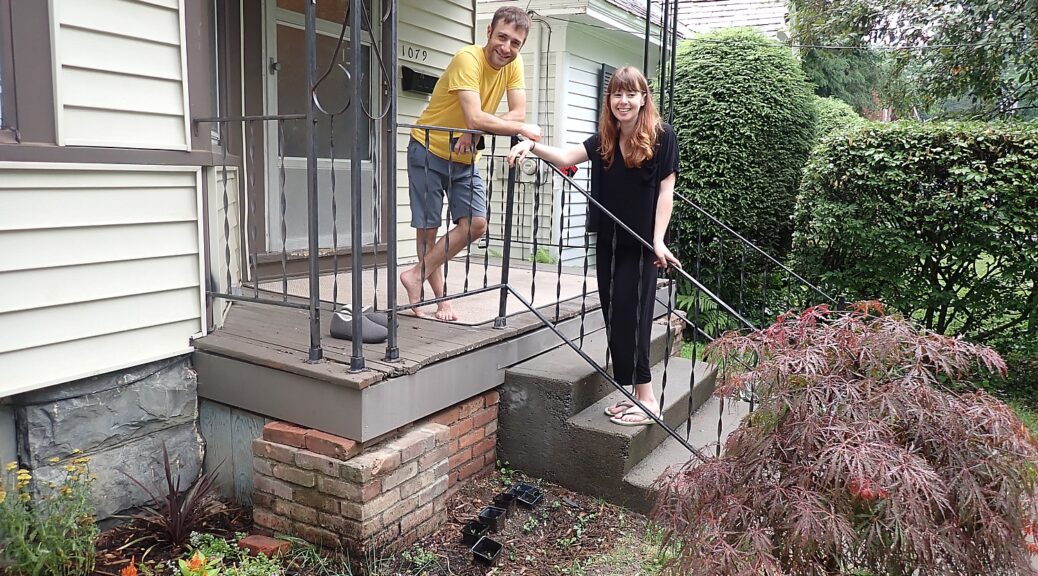First-of-its-kind national network to fund tens of thousands of climate and clean energy projects across America, especially in communities historically left behind and overburdened by pollution
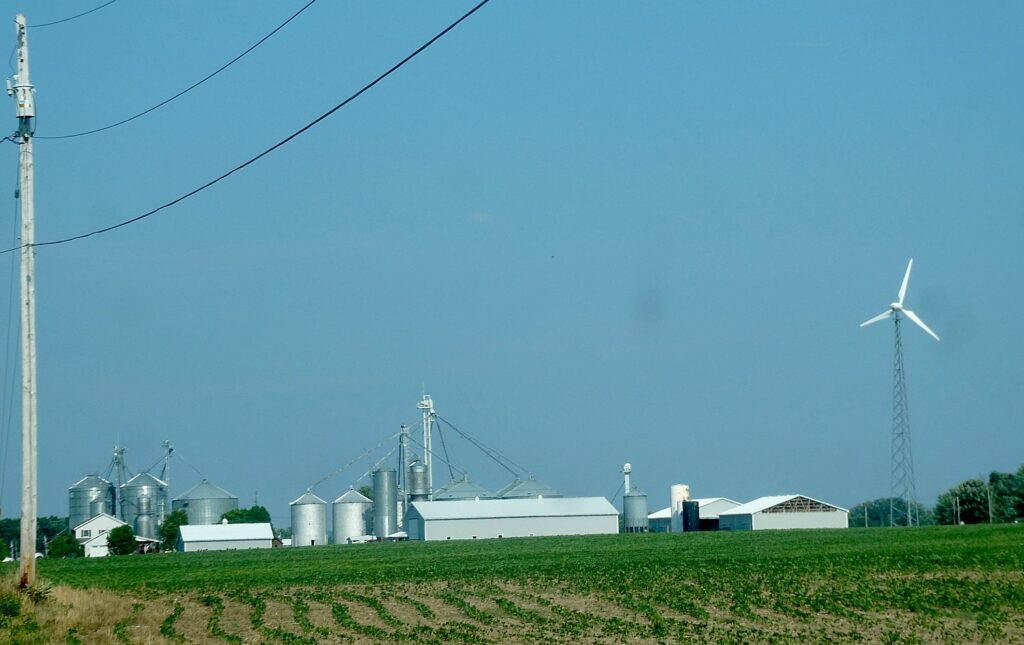
Vice President Kamala Harris and EPA Administrator Michael Regan announced s $20 billion in awards to stand up a national financing network that will fund tens of thousands of climate and clean energy projects across the country, especially in low-income and disadvantaged communities, as part of President Biden’s Investing in America agenda.
This investment is part of the Environmental Protection Agency’s Greenhouse Gas Reduction Fund, a first-of-its-kind and national-scale $27 billion program funded through President Biden’s Inflation Reduction Act to combat the climate crisis by catalyzing public and private capital for projects that slash harmful climate pollution, improve air quality, lower energy costs, and create good-paying jobs. This program will ensure communities across the country have access to the capital they need to participate in and benefit from a cleaner, more sustainable economy.
Vice President Kamala Harris and EPA Administrator Michael Regan were joined by Governor Roy Cooper, Mayor Vi Lyles, and Congresswoman Alma Adams in Charlotte, North Carolina to announce the selections under these two grant competitions.
This historic investment will support a wide range of climate and clean energy projects, including distributed clean power generation and storage, net-zero retrofits of homes and small businesses, and zero-emission transportation, all of which can lower energy costs for families and improve housing affordability while tackling the climate crisis. Collectively, the selected applicants have committed to reducing or avoiding up to 40 million metric tons of carbon pollution annually over the next seven years, contributing toward the Biden-Harris Administration’s historic climate goals. In addition, selectees plan to mobilize almost $7 of private capital for every $1 of federal funds—approximately $150 billion total—ensuring that today’s awards will have a catalytic, ongoing effect on the deployment of climate and clean energy technologies at scale, particularly in underserved communities.
The Greenhouse Gas Reduction Program advances the Biden-Harris Administration’s Justice40 Initiative, which sets the goal that 40% of the overall benefits from certain federal climate, clean energy, and other investments flow to disadvantaged communities that are marginalized by underinvestment and overburdened by pollution. At least 70% of the funds announced today—over $14 billion of capital—will be invested in low-income and disadvantaged communities, including historic energy communities that have powered our nation for over a century, communities with environmental justice concerns, communities of color, low-income communities, rural communities, Tribal communities, and more. This makes the Greenhouse Gas Reduction Fund the single largest non-tax investment within the Inflation Reduction Act to build a clean energy economy while benefiting communities historically left behind.
Meanwhile, Republicans in Congress are already attempting to roll back these historic investments. Last month, the House of Representatives passed H.R. 1023, which would repeal the EPA’s Greenhouse Gas Reduction Fund. On March 19, President Biden issued a Statement of Administration Policy with his intent to veto that bill if it were to pass the Senate and come to his desk.
Greenhouse Gas Reduction Fund Selectees
The $20 billion in awards announced today will be deployed through eight selected applicants across two separate and complementary programs under EPA’s Greenhouse Gas Reduction Fund—the $14 billion National Clean Investment Fund (NCIF) and the $6 billion Clean Communities Investment Accelerator (CCIA). Together, the two programs will create a first-of-its-kind national network of mission-driven, community-led financial institutions that will finance climate and clean energy projects across the country, especially in low-income and disadvantaged communities.
Under the $14 billion National Clean Investment Fund (NCIF), selected applicants will partner with the private sector, community organizations, and others to provide accessible, affordable financing for new clean technology projects nationwide. While EPA required that at least 40 percent of NCIF funds flow to low-income and disadvantaged communities, each selected applicant significantly surpassed that requirement. Therefore, almost 60 percent of NCIF funds will flow to the communities that need it most. The three NCIF selectees are:
- Climate United Fund ($6.97 billion award), a nonprofit formed by Calvert Impact to partner with two U.S. Treasury-certified Community Development Financial Institutions (CDFIs), Self-Help Ventures Fund and Community Preservation Corporation. Together, these three nonprofit financial institutions bring a decades-long track record of successfully raising and deploying $30 billion in capital with a focus on low-income and disadvantaged communities. Climate United Fund’s program will focus on investing in harder-to-reach market segments like consumers, small businesses, small farms, community facilities, and schools—with at least 60% of its investments in low-income and disadvantaged communities, 20% in rural communities, and 10% in Tribal communities.
- Coalition for Green Capital ($5 billion award), a nonprofit with almost 15 years of experience helping establish and work with dozens of state, local, and nonprofit green banks that have already catalyzed $20 billion into qualified projects—and that have a pipeline of $30 billion of demand for green bank capital that could be coupled with more than twice that in private investment. The Coalition for Green Capital’s program will have particular emphasis on public-private investing and will leverage the existing and growing national network of green banks as a key distribution channel for investment—with at least 50% of investments in low-income and disadvantaged communities.
- Power Forward Communities ($2 billion award), a nonprofit coalition formed by five of the country’s most trusted housing, climate, and community investment groups that is dedicated to decarbonizing and transforming American housing to save homeowners and renters money, reinvest in communities, and tackle the climate crisis. The coalition members—Enterprise Community Partners, LISC (Local Initiatives Support Corporation), Rewiring America, Habitat for Humanity, and United Way—will draw on their decades of experience, which includes deploying over $100 billion in community-based initiatives and investments, to build and lead a national financing program providing customized and affordable solutions for single-family and multi-family housing owners and developers—with at least 75% of investments in low-income and disadvantaged communities.
Through the $6 billion Clean Communities Investment Accelerator (CCIA), selected applicants will establish hubs that provide funding and technical assistance to community lenders working to finance clean technology projects in low-income and disadvantaged communities—leading to near-term deployment of climate and clean energy projects while building the capacity of community lenders to finance projects at scale for years to come. 100 percent of CCIA funds will flow to low-income and disadvantaged communities. The five selectees of the CCIA are:
- Opportunity Finance Network ($2.29 billion award), a ~40-year-old nonprofit CDFI Intermediary that provides capital and capacity building for a national network of 400+ community lenders—predominantly U.S. Treasury-certified CDFI Loan Funds—which collectively hold $42 billion in assets and serve all 50 states, the District of Columbia, and several U.S. territories.
- Inclusiv ($1.87 billion award), a ~50-year-old nonprofit CDFI Intermediary that provides capital and capacity building for a national network of 900+ mission-driven, regulated credit unions—which include CDFIs and financial cooperativas in Puerto Rico—that collectively manage $330 billion in assets and serve 23 million individuals across the country.
- Native CDFI Network ($400 million award), a nonprofit that serves as national voice and advocate for the 60+ U.S. Treasury-certified Native CDFIs, which have a presence in 27 states across rural reservation communities as well as urban communities and have a mission to address capital access challenges in Native communities.
- Justice Climate Fund ($940 million award), a purpose-built nonprofit supported by an existing ecosystem of coalition members, a national network of more than 1,200 community lenders, and ImpactAssets—an experienced nonprofit with $3 billion under management—to provide responsible, clean energy-focused capital and capacity building to community lenders across the country.
- Appalachian Community Capital ($500 million award), a nonprofit CDFI with a decade of experience working with community lenders in Appalachian communities, which is launching the Green Bank for Rural America to deliver clean capital and capacity building assistance to hundreds of community lenders working in coal, energy, underserved rural, and Tribal communities across the United States.
Expanding Access to Clean Energy
Today’s historic Greenhouse Gas Reduction Fund announcement builds on a range of innovative tools and programs in President Biden’s Investing in America agenda that aim to empower the communities that can benefit most from new investments to take an active role in building the clean energy economy. These programs leverage a range of approaches to make it easier and more affordable for states, cities, Tribes, schools, nonprofit organizations, and businesses of all sizes to build, own, and benefit from cost-saving clean energy projects, invest in energy efficiency improvements, expand access to clean transportation, and participate fully in decisions that affect underserved communities and populations.
For example:
- In March, the Treasury Department finalized rules for direct pay—a provision in the Inflation Reduction Act that enables, for the first time, tax-exempt entities like states, cities, Tribes, counties, territories, nonprofit organizations, public schools, hospitals, rural electric co-operatives, and more to access clean energy tax credits and fully participate in building and owning new clean energy projects. For example:
- To meet its goal of 100% carbon free operations by 2030, the City of Madison, Wisconsin is planning to access $13 million via direct pay to support transitioning their municipal fleet to low and no-carbon vehicles, as well as for solar and geothermal energy projects.
- The City of San Antonio, Texas is taking advantage of direct pay to build and own the largest municipal onsite solar project in Texas. This $30 million project will install roof top, parking, and park canopy solar photovoltaic systems at 42 city facilities to lower their energy costs and energy consumption and make progress toward their goal of achieving net-zero energy for all municipal buildings by 2040.
- The Inflation Reduction Act’s transferability provision allows businesses to transfer all or a portion of certain clean energy tax credits to a third-party in exchange for cash, so that small businesses, start-ups, and other entities without sufficient tax liability may still take advantage of the credits. The Internal Revenue Service (IRS) has already registered more than 45,000 new projects seeking to benefit from this new tool, which is lowering financing costs for clean energy projects and helping accelerate the buildout of the clean energy economy.
- The Low-Income Communities Bonus Credit program created by the Inflation Reduction Act promotes cost-saving clean energy investments in low-income communities, on Tribal lands, as part of affordable housing developments, and that benefit low-income households by providing a 10 to 20 percentage point bonus credit for up to 1.8 GW of small clean energy projects per year. In the first year of the program, the administration received more than 46,000 applications for allocations, signaling robust market demand to build projects serving low-income communities. The second year of the program will open for applications later this spring.
- In March, the Department of Energy’s Loan Programs Office (LPO) offered its first conditional commitment through the Tribal Energy Financing Program, which was expanded and provided new loan authority by the Inflation Reduction Act to support tribal entities in building out energy infrastructure. LPO announced up to $72.8 million for a partial loan guarantee to finance the development of a solar-plus long-duration energy storage microgrid on the Tribal lands of the Viejas Band of the Kumeyaay Indians near Alpine, California.
- Last week, LPO offered its first conditional commitment through the Energy Infrastructure Reinvestment Program under Title 17 Clean Energy Financing Section 1706, first authorized and appropriated by the Inflation Reduction Act, to finance projects that retool, repower, repurpose, or replace energy infrastructure that has ceased operations or enable operating energy infrastructure to reduce pollution. These projects direct new investment in historical energy communities that have powered our nation for over a century. Last week’s offer of a conditional commitment of up to $1.52 billion for a loan guarantee to Holtec Palisades will finance the restoration and resumption of service of an 800-MW electric nuclear generating station in Covert Township, Michigan that closed in May 2022 and upgrade it to produce baseload clean power for decades to come.
- Last week, the Department of Housing and Urban Development (HUD) Acting Secretary Todman traveled to Chicago to announce that the Department has now awarded more than half of the nearly $1 billion provided through the Inflation Reduction Act to make homes more energy-efficient, comfortable, and climate resilient for low-income Americans. The Green and Resilient Retrofit Program makes grants and loans to finance energy and climate renovations in HUD-assisted multifamily housing for low-income individuals, families, and seniors.
- Since the start of the Biden-Harris Administration, the U.S. Department of Agriculture (USDA) has invested more than $1.8 billion through their Rural Energy for America Program, which provides guaranteed loan financing and grant funding for rural small businesses and agricultural producers to adopt clean energy and save money. President Biden’s Inflation Reduction Act invests more than $2 billion to expand this program, and USDA just announced the latest tranche of over $120 million in awards for projects in 44 states last week.
- In December 2023, EPA announced 11 grant makers to receive $600 million from the Inflation Reduction Act through the Environmental Justice Thriving Communities Grantmaking Program to offer subgrants for environmental justice projects to local community-based organizations around the country. This new program is designed to make it easier for small community-based organizations to access federal environmental justice funding and responds to feedback about the need to reduce barriers to federal funds and improve the efficiency of the awards process to benefit underserved communities.
In November 2023, EPA announced approximately $2 billion in funding available to support community-driven projects that deploy clean energy, strengthen climate resilience, and build capacity for communities to tackle environmental and climate justice challenges. The Community Change Grants Program is the single largest investment in environmental justice going directly to communities in history, and will advance collaborative efforts to achieve a healthier, safer, and more prosperous future for all.

